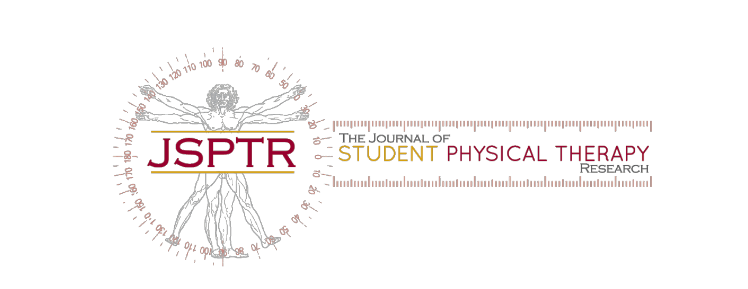Volume 13:1
Tuftee T1, Taylor T1, Tarrants W1, McCowan W1, Trenary T, van Horne CG2,3, Quintero JE2,3, Gera G1,2
1Physical Therapy, 2Brain Restoration Center, 3Neurosurgery University of Kentucky, Lexington, KY, USA
Abstract
Study Design: Pilot Study
Purpose: The objective of this pilot feasibility study is to determine how gait is affected in people with Parkinson's disease (PwPD) who received a peripheral nerve tissue (PNT) delivery to the substantia nigra as an adjuvant to deep brain stimulation (DBS) and levodopa therapy.
Methods: Gait parameters measured using the GAITrite software included cadence, gait, velocity, and step length for more and less affected sides. Clinical assessment incorporated Unified Parkinson's Disease Rating Scale (UPDRS) part III and Hoehn and Yahr. Data for 10 participants [7M/3F, 60(8) yr.], were collected in the practically defined OFF state and the ON state at baseline, 6 and 24 months. At baseline, the OFF state received no treatment and the ON state received levodopa only. At 6 and 24 months, the OFF state was a 12+ hour therapy washout where the principal influence would be the PNT only, and the ON state was the best medical therapy, which included levodopa, DBS, and the PNT.
Results: All gait measures including cadence, velocity, and step length for more and less affected sides increased from baseline to six months in both OFF and ON states. Similar improvements were observed from baseline to six months in the clinical measures of UPDRS III and Hoehn and Yahr scores.
Conclusion: Over the course of two years, participants with PNT did not show worsening gait and/or clinical outcome measures. Our data provides preliminary evidence for the further examination of PNT in conjunction with DBS and levodopa to provide long-term improvements in gait. In a population with a progressive degenernative disease, even maintaining gait parameters may be helpful.
Applying a Biopsychosocial Treatment Approach to an Adolescent with a Centralized Pain State
Mercer University, College of Health Professions, Department of Physical Therapy, Atlanta, GA
Mercer University, College of Health Professions, Department of Physical Therapy, Atlanta, GA
Case Description: A 74-year-old female with a 43-year history of RRMS underwent a TKA. The patient’s prior level of function included community ambulation with use of a front-wheeled walker (FWW) and independent performance of activities of daily living (ADLs). Comorbidities include anxiety, asthma, fibromyalgia, osteoarthritis, osteoporosis, and scoliosis. Physical therapy (PT) intervention began on the first postoperative day and included standard knee range of motion (ROM) exercises, general lower extremity (LE) strengthening exercises, and functional retraining including gait and stair training. After three months of PT, the patient experienced a RRMS relapse, leading to functional decline. Secondary to the RRMS relapse, the patient was unable to ambulate, required a wheelchair for community mobility and needed maximum assistance to complete ADLs. She presented with new-onset dynamic genu valgum due to decreased gluteal activation and lack of knee extension during gait secondary to decreased quadriceps activation. Sling suspension (redcord®) was incorporated to facilitate activation of these specific muscle groups, as it can be used to target specific muscle groups for neuromuscular re-education and strength training. The SSEs included double-leg bridging, single-leg bridging, and terminal knee extension.
Outcome Measures: The patient demonstrated increased strength as evidenced by decreased assistance from redcord® bungie cords to perform LE strengthening, increased manual muscle testing (MMT) scores on a 0-5 scale, improved timed up and go (TUG) completion time, and decreased percent dysfunction on the LE Functional Scale (LEFS).
Conclusions: Low-load exercise training is indicated for patients with RRMS post-surgery to mitigate fatigue and disease exacerbation, and SSEs were found to increase LE strength in a patient with RRMS post-TKA.


